A look at this neglected stock
Man Wah's poised for a 31% profit growth from 2012-2015,says CIMB.
Man Wah is a neglected stock with many positives, including a US housing recovery, market share gains in Europe, signs of domestic demand recovery, new product launches and cost-cutting initiatives, said CIMB in a report.
"These should drive an earnings turnaround in the next two years. We initiate coverage on Man Wah, the largest maker of reclining sofas in China, with an Outperform and an SOP-based price target of HK$6.9, which implies 9.3x CY14 P/E. We forecast 31% earnings CAGR in FY12-15, driven by 14% sales CAGR and a 4.4% pts rise in the EBIT margin. The company has net cash of HK$481m (10% of market cap) and its strong cashflow should support its dividend yield of 5% in FY14," it noted.
Here's more from CIMB:
Man Wah is the largest manufacturer and retailer of recliner sofa in China with 20% market share and the fourth largest player in the US market with 8.5% market share in 2011.
A US housing recovery has begun to establish a positive trend for housing-related equities like Man Wah. In addition, we see further growth momentum from: 1) continued market share gains in the non-US export market (30% CAGR target in the next five years);
2) early signs of domestic demand recovery (October SSSG turned positive from -8.7% in 1H) and
3) new product launches of exclusive synthetic leather sofas could bring further sales tailwinds in the next 12-18 months.
…+ margin expansion…
After a 13.7% pt decline in the net margin in the past two years, we believe Man Wah’s net margin reached an inflexion point in 1H, driven by stabilising costs, ASP hikes, peak in production capacity expansion, rising utilisation rate, new product launches and transportation cost-savings from a new sofa design.
This should translate into a substantial recovery in ROIC from 13% in FY12 to 20% in FY12-15.
…= earnings surprise
Our FY12-15 earnings forecasts are 12-17% above consensus. We believe the market is still underestimating domestic recovery prospects and margin expansion potential, which could act as major re-rating catalysts for the stock. Key risks are weaker-than-expected US/China housing recovery, unexpected
volatility in leather prices and its reliance on a single product.



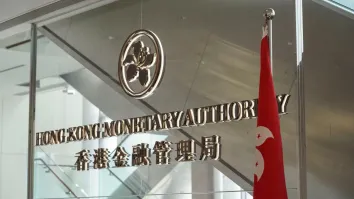


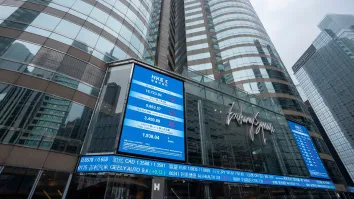



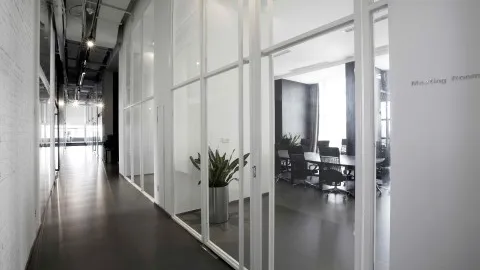




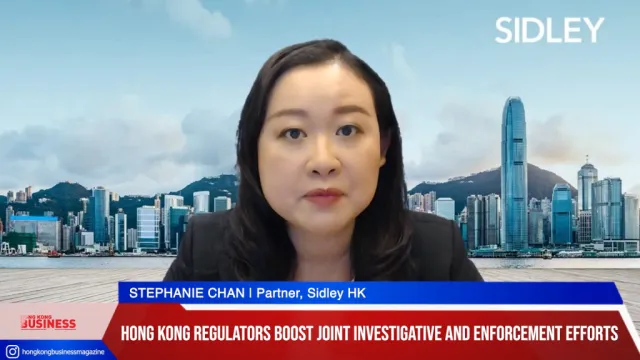

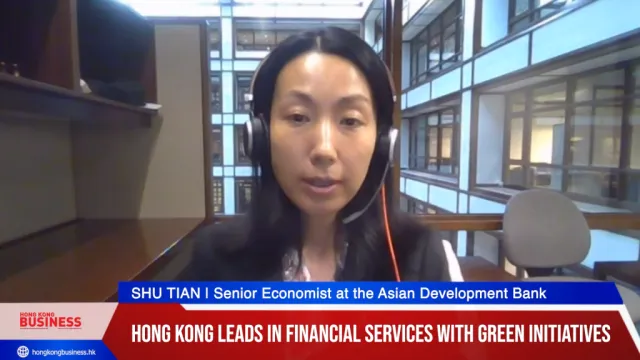

 Advertise
Advertise






